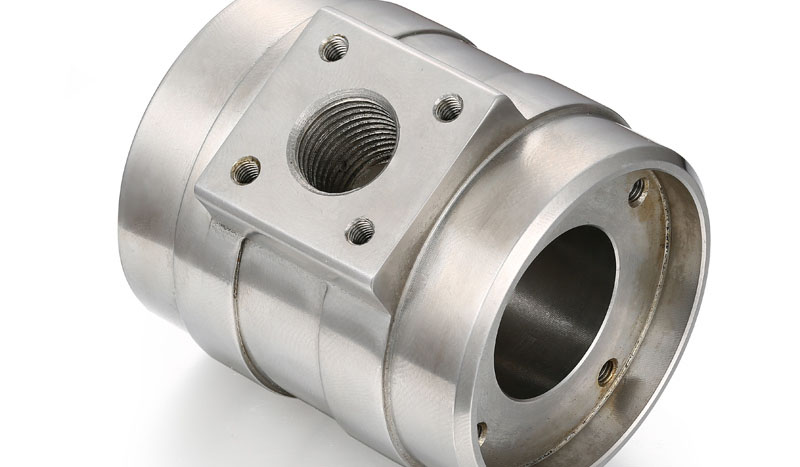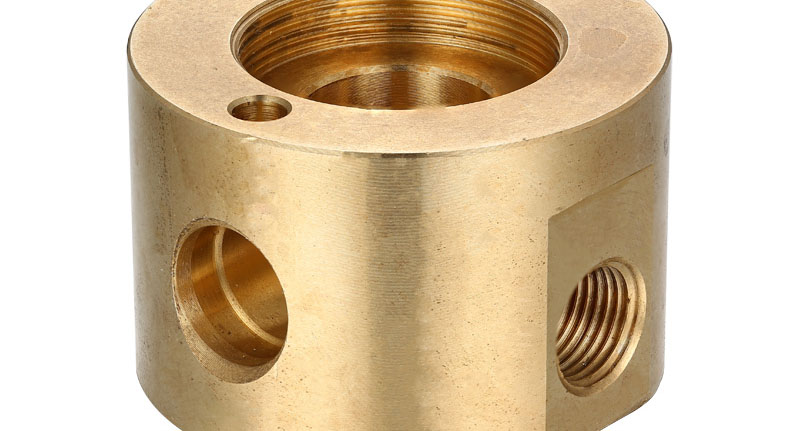In order to achieve high-speed and high-precision boring machining, it is necessary to pay attention to the impact of tool tooth vibration on the surface roughness and tool life. In order to prevent the reduction of machining accuracy and tool life, the selected machining center must be equipped with a spindle with excellent dynamic balance performance, and the selected boring tool must also have high dynamic balance characteristics. Especially for the tooth part of the boring tool, the geometry, tool material and clamping method suitable for high-speed cutting should be selected. The R at the end of the cutting edge should be larger in order to improve the processing efficiency; under the premise of ensuring the same surface roughness, the feed rate should be increased. However, increasing the feed amount should be adequate, otherwise it will increase the cutting resistance, which is not conducive to improving the processing efficiency. The cutting edge belt should be set with a negative chamfer less than 0.1mm, which can effectively maintain the stability of the tool life.

In addition to precision machining of holes by CNC cutting, boring and reaming can also be used for high-precision machining of holes. With the high-speed spindles of machining centers, boring tools can be used for high-speed precision machining of holes. According to reports, when boring about φ40mm on aluminum alloy materials, the cutting speed can be increased to more than 1500m/min. This cutting speed can also be used when machining steel, cast iron and high-hardness steel with CBN sintered body as the cutting edge. It is expected that the high-speed processing of boring will be rapidly popularized in the future.
As for the tool material, it differs depending on the nature of the material being processed. For example, when processing steel and other materials below 40HRC, cermet tools can be used. This kind of tools can obtain good surface roughness and long tool life under high-speed cutting conditions above v=300m/min. Coated carbide tools are suitable for high-speed cutting of steel below 60HRC. The tool life is very stable, but the cutting speed is slightly lower than that of cermet tools. Sintered body tools are suitable for processing high-hardness steel, cast iron and other materials. The cutting speed can reach more than 1000m/min, and the tool life is very stable.

The land part of CBN teeth should be properly chamfered, which is extremely beneficial for stable high-speed cutting and prolonged tool life. When ultra-high-speed cutting of non-ferrous metals and non-metal materials such as aluminum alloys, diamond sintered body tools can be used, which are stable in cutting and have a long tool life. It should be noted that when using diamond tools, the cutting edge must be chamfered, which is an important condition to ensure stable cutting.


